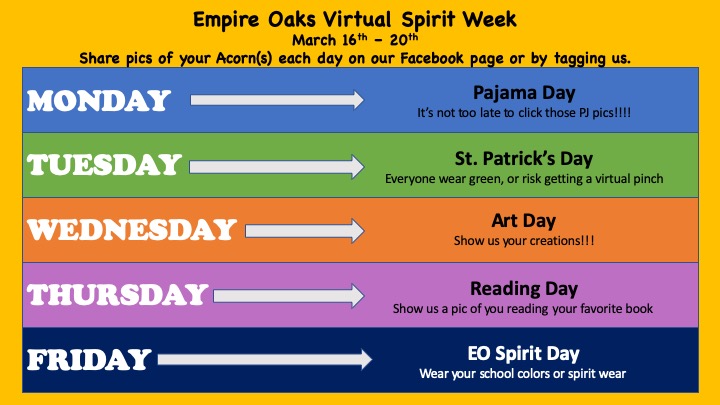 A conversation with a friend the other day shed a bright light on the casualties of pandemic leading, management and meetings. My friend is well-established in his career, works in public education, is in upper management and is an incredibly hard working, and also humble person. He is the first person to compliment others’ work, always credits the team, and is least likely to accept credit and compliments for his own work.
A conversation with a friend the other day shed a bright light on the casualties of pandemic leading, management and meetings. My friend is well-established in his career, works in public education, is in upper management and is an incredibly hard working, and also humble person. He is the first person to compliment others’ work, always credits the team, and is least likely to accept credit and compliments for his own work.
Since March, COVID19 closed public schools and transitioned everyone into some form of distance instruction and remote work and my friend, like many others, was able to resume regular meetings via Zoom, and continue his work via email, file sharing and telephone.
When my friend contacted me because he was troubled by his feelings of being under appreciated. As I mentioned before, my friend is not someone who strives for compliments and recognition, so for him to feel this way meant, to me, that many valuable things may be missing in his environment–and probably many work environments of others who are working remotely–that are having an impact on employee morale. And, there’s nothing wrong with wanting to feel appreciated and recognized–we’re hard-wired as human beings to appreciate rewards for hard work, thanks to our brain chemistry!
Having worked remotely for a better part of my career, there are a few things I’ve learned along the way. The biggest piece of advice I can give to leaders and employees is to be intentional and purposeful when bridging genuine and authentic connections with others. This doesn’t happen by chance or by mistake!
- Problem: Lack of Human Interaction: Although Zoom has resumed the “business of holding meetings” they only get the job done of holding meetings and sharing business in meetings. Regular in-person meetings accomplish so much more: the time before the meeting when people have casual conversations to catch up, people sharing the same space creates an environment that reinforces shared norms and values–not to mention eye contact and observing body language, even the time after the meeting’s conclusion offers opportunities for additional casual conversations and banter. These personal touchpoints allow for bonding and real human interaction.With remote work, these casual touchpoints also disappear–gone are the “watercolor conversations” and drop-in discussions.Email and telephone interactions are typically transactional or, what I call, “lobbing the ball over the net” until you get the ball returned.It is through these in-person meetings and conversations, whether formal or informal, that compliments and praise are easily and naturally provided, smiles and laughs are a part of the environment, and the true culture of an organization ebbs and flows in the everyday.
Remedy: While offices are still closed (or are limiting the number of employees on site), offer to meet with people one-on-one, over lunch or coffee. Take some time to have the casual conversations, offer praise for their work, and discuss goals. This interaction may be just what the other person needs to also feel valued.
- Problem: Lack of Praise: The pandemic has created a crisis-like environment where everyone’s thoughts and actions are centered around the unfamiliar and tackling the situations at hand. While in crisis, teams are in “fight or flight” mode where there is a common understanding that everyone is getting the job done, going above and beyond where necessary. When in crisis-mode, there is not always time to take a deep breath and say, “We’re doing a great job” especially when the results of the efforts–either positive or negative–are completely unknown.As humans, we’re conditioned to cross the finish line before we celebrate, and we’re even more deeply conditioned to only celebrate if we know we have been successful. In this pandemic, with public education, we have no idea if our efforts are successful, because we are literally building the ship while we’re sailing it.
Remedy: The number one factor behind the happiness of employees is appreciation.You still have to remember to celebrate and recognize employees, each day. According to a recent post from Leadership First: When employees feel valued, they will contribute more and perform better at work. They tend to be more engaged, passionate, and incredibly loyal to their work to help the organization fulfill its purpose and vision. How can you make your employees feel valued, here are a few simple examples according to Bridget Miller:
- Recognition. Provide employees with the recognition they deserve.
- Say “thank you”—simple, but effective, and often overlooked. Tip: Consider writing and mailing a handwritten thank you note.
- Solicit their opinion and utilize it as often as possible.
- Invest in their continued development.
There are many more strategies one can use to genuinely show their appreciation; these are just a few.
It’s okay to celebrate in the middle of this race–celebrate the small wins along the way. We don’t know how it’s going to end, whether we were 100% successful, and we definitely don’t know where the finish line is. However, you don’t want your team to drop out of the race before it’s finished, so remember to cultivate genuine connections where possible, show appreciation, and keep their morale at the forefront, no matter what–your outcomes will be much more successful.





